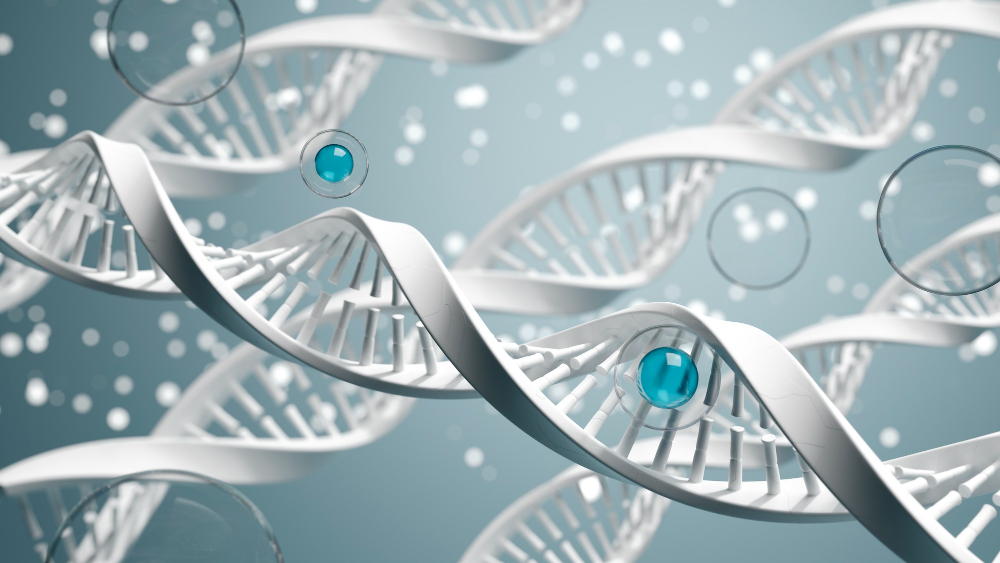They can unfold and fold up to ten times, enabling multiple uses.
American chemists have developed nanocrystals made from DNA strands and inorganic molecules that can repeatedly open and close in response to changes in environmental conditions — much like flowers do. This property allows the DNA “flowers” to be used for packaging and targeted drug delivery, the University of North Carolina at Chapel Hill (UNC) press office reported.
“No one would refuse the appearance of ‘smart capsules’ that automatically release medicine when a disease is detected and stop once the patient is cured. Our material makes this possible,” said Ronit Freeman, an associate professor at UNC, as quoted by the university’s press release. “These DNA ‘flowers’ can be designed to deliver precise doses of medication, perform biopsies, or even destroy blood clots.”
The “smart capsules” consist of DNA strands embedded within nanoscale crystals of cobalt pyrophosphate — an inorganic compound of cobalt, phosphorus, and oxygen. The researchers developed a method for “stitching together” different crystal blocks with DNA strands, allowing the creation of complex structures that respond to external stimuli.
In particular, the team designed structures resembling sea anemones and terrestrial flowers that can open and close in response to signals such as threats or changes in light intensity. For the DNA “flowers,” the trigger is a change in the acidity (pH) of the surrounding environment.
When the environment becomes more acidic, the DNA strands inside the “flower” fold into denser structures, causing the nanocapsule to close. When it returns to a neutral environment, the structure reopens, releasing its contents into the new medium or cell. This mechanism, researchers note, can be used to deliver drugs to specific tissues or organs, or to extract biomarkers indicating the development of diseases or tumors.
Experiments showed that the DNA “flowers” can fold and unfold about ten times, making them reusable for a wide range of applications. Beyond medicine, such structures could also be employed to mitigate the effects of technological or natural disasters, or to perform complex reaction chains in pharmaceutical and chemical industries — potentially simplifying and reducing the cost of production processes.
Source: TASS, October 20, 2025.








